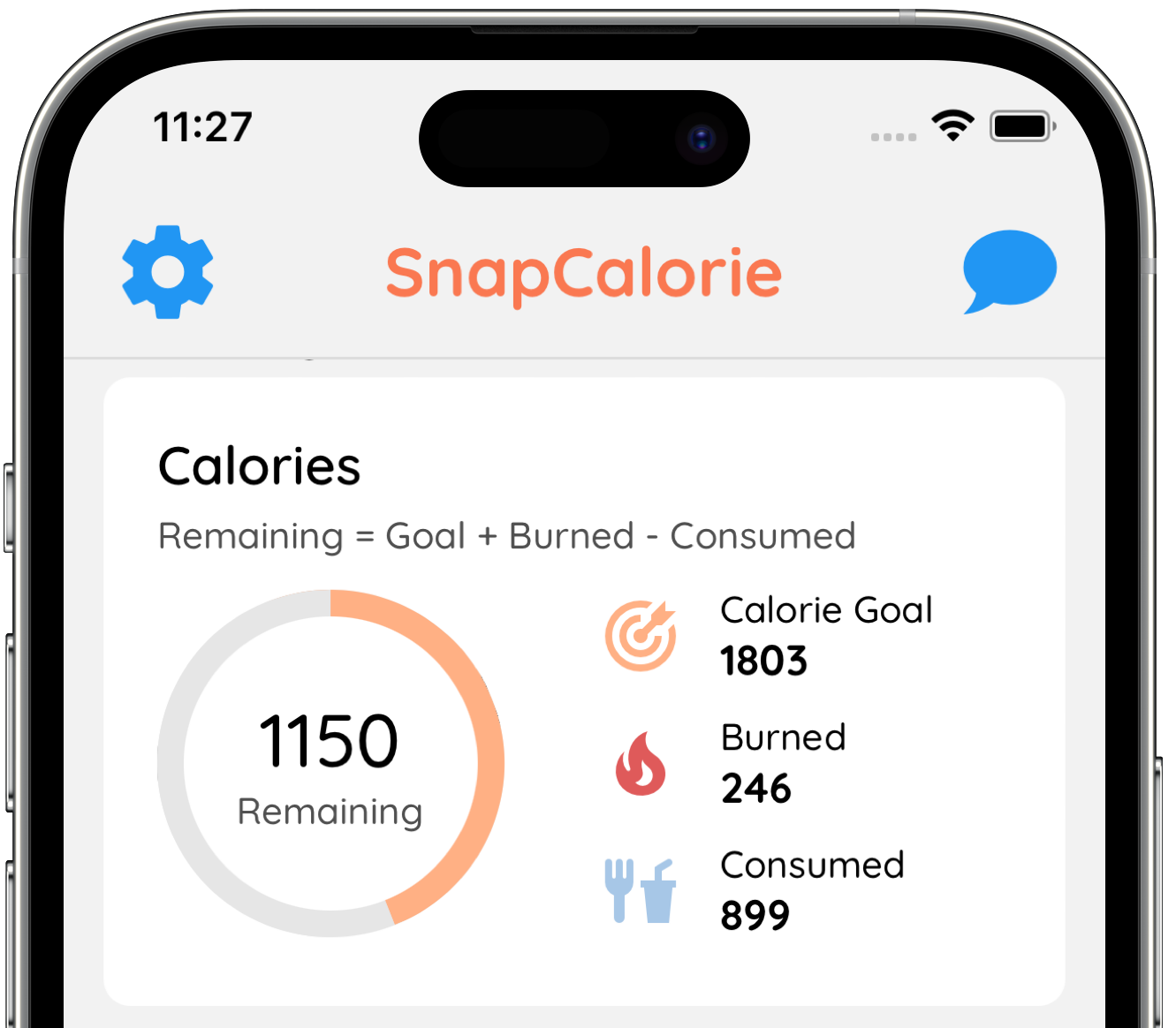Low Sodium Omapodi

Indulge in the irresistible crunch of **Low Sodium Omapodi**, a guilt-free twist on the traditional South Indian snack. Made with nutrient-rich chickpea flour (besan), a hint of rice flour for extra crispiness, and aromatic caraway seeds, this recipe combines bold flavors with heart-healthy adjustments. Seasoned with red chili powder, turmeric, and a pinch of hing (asafoetida), this savory treat delivers the authentic taste of omapodi without the excessive sodium, thanks to the subtle use of a salt substitute. Perfectly golden and fried to a crisp using a murukku press or piping bag, these delicate noodle-like strands make an ideal snack for festive gatherings or afternoon tea. Enjoy the addictive crunch while sticking to your low-sodium lifestyle!

Log this recipe in SnapCalorie

Recipe Information
Ingredients
- 2 cups Besan (Chickpea Flour)
- 0.5 cup Rice Flour
- 1 teaspoon Caraway Seeds (Ajwain)
- 1 teaspoon Red Chili Powder
- 0.25 teaspoon Asafoetida (Hing)
- 0.25 teaspoon Ground Turmeric
- 0.5 teaspoon Salt Substitute or Salt-Free Seasoning
- 1 cup Water
- 1 tablespoon Oil
- for frying Vegetable Oil
Instructions
In a mixing bowl, combine besan, rice flour, and caraway seeds. Mix well to ensure even distribution of the caraway seeds.
Add red chili powder, asafoetida, ground turmeric, and your choice of salt substitute or salt-free seasoning to the flour mixture.
Add 1 tablespoon of oil to the dry ingredients and mix well with your hands to achieve a crumbly texture.
Gradually add water, a little at a time, while kneading the mixture to form a smooth and non-sticky dough. The dough should be firm but pliable.
Heat vegetable oil in a deep frying pan over medium heat. You want enough oil to allow the omapodi strands to float freely.
Grease a murukku press or a piping bag with the fine nozzle attachment with a little oil and fill it with the dough.
To test the oil temperature, drop a small piece of dough into the oil. If it rises steadily to the top, the oil is ready.
Carefully press or pipe the dough in circular motions directly into the hot oil, ensuring they do not overlap too much.
Fry the omapodi until they turn a golden yellow and the bubbling of oil ceases, indicating they are crispy and cooked through. Ensure to turn them gently if needed.
Remove the omapodi from oil using a slotted spoon and drain on a paper towel-lined plate to remove excess oil.
Repeat with the remaining dough, adjusting the dough texture with a few drops of water if it becomes too dry.
Let the omapodi cool completely before storing in an airtight container. Serve as a snack or part of a festive meal.
Nutrition Facts
Calories |
2158 | ||
|---|---|---|---|
% Daily Value* |
|||
| Total Fat | 123.3 g | 158% | |
| Saturated Fat | 16.0 g | 80% | |
| Polyunsaturated Fat | 60.0 g | ||
| Cholesterol | 0 mg | 0% | |
| Sodium | 164 mg | 7% | |
| Total Carbohydrate | 205.3 g | 75% | |
| Dietary Fiber | 27.4 g | 98% | |
| Total Sugars | 24.2 g | ||
| Protein | 59.9 g | 120% | |
| Vitamin D | 0.0 mcg | 0% | |
| Calcium | 154 mg | 12% | |
| Iron | 13.8 mg | 77% | |
| Potassium | 2176 mg | 46% | |
*The % Daily Value tells you how much a nutrient in a serving of food contributes to a daily diet. 2,000 calories a day is used for general nutrition advice.



